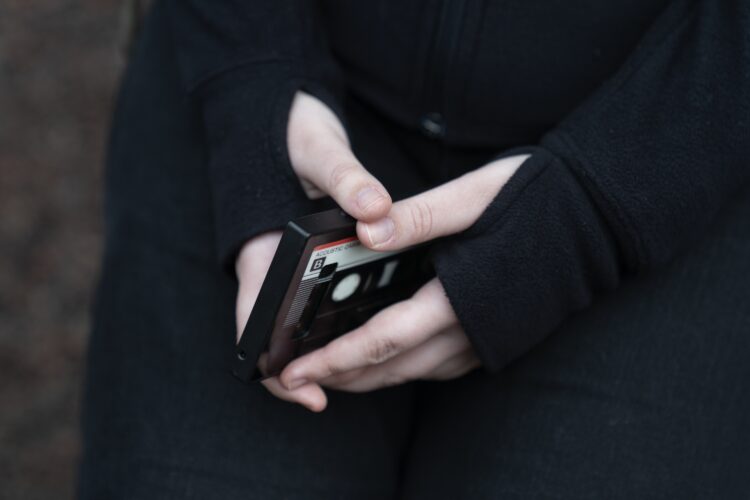Mental Health Week runs from May 1-7 – this week provides an opportunity to reflect on the collective well-being of society. Unsurprisingly, the mental state of our youth in the United States is beyond fragile.
Virtual learning has been a vital integration into the education system. However, educators are reporting a massive increase in behavioral issues from kindergarten through high school since in-person learning returned.
According to data from the Centers for Disease Control and Prevention reveals that suicide rates increased by 35% between 1999-2018. Additional data showed that adolescents experiencing major depressive episodes also increased. Covid-19 also brought even more mental health problems, social isolation, collective trauma and increased anxiety.
Many of the stressors triggering our youth can be caused by the tool you currently use to read this article – technology. Micro-aggressive tech triggers of digital distress, defined by The Conversation as a form of psychological distress caused by dysfunctional user experience with technology.
Pop-ups have been designed to interrupt and draw people’s attention through notifications, calendar reminders, software updates, website ads, etc. Frequent disruptions have caused people to remain on a high alert, triggering a release of adrenaline, norepinephrine and cortisol.
These chemicals are designed to make us alert and ready to protect ourselves when we are under threat; but when we are not in actual danger, they just make us feel like we’re on edge.
How can we fix this? Take your time setting up restrictions on your devices. Block pop-ups, cookies and other distractions that could potentially add anxiety to your life. Do your best to sort through all digital clutter, address potential workplace triggers and challenge them when they first arise, and create small changes that make you less tech dependent.
These small changes will make a world of a difference to the way we can reduce our stress and take care of our overall mental health.


















Add comment